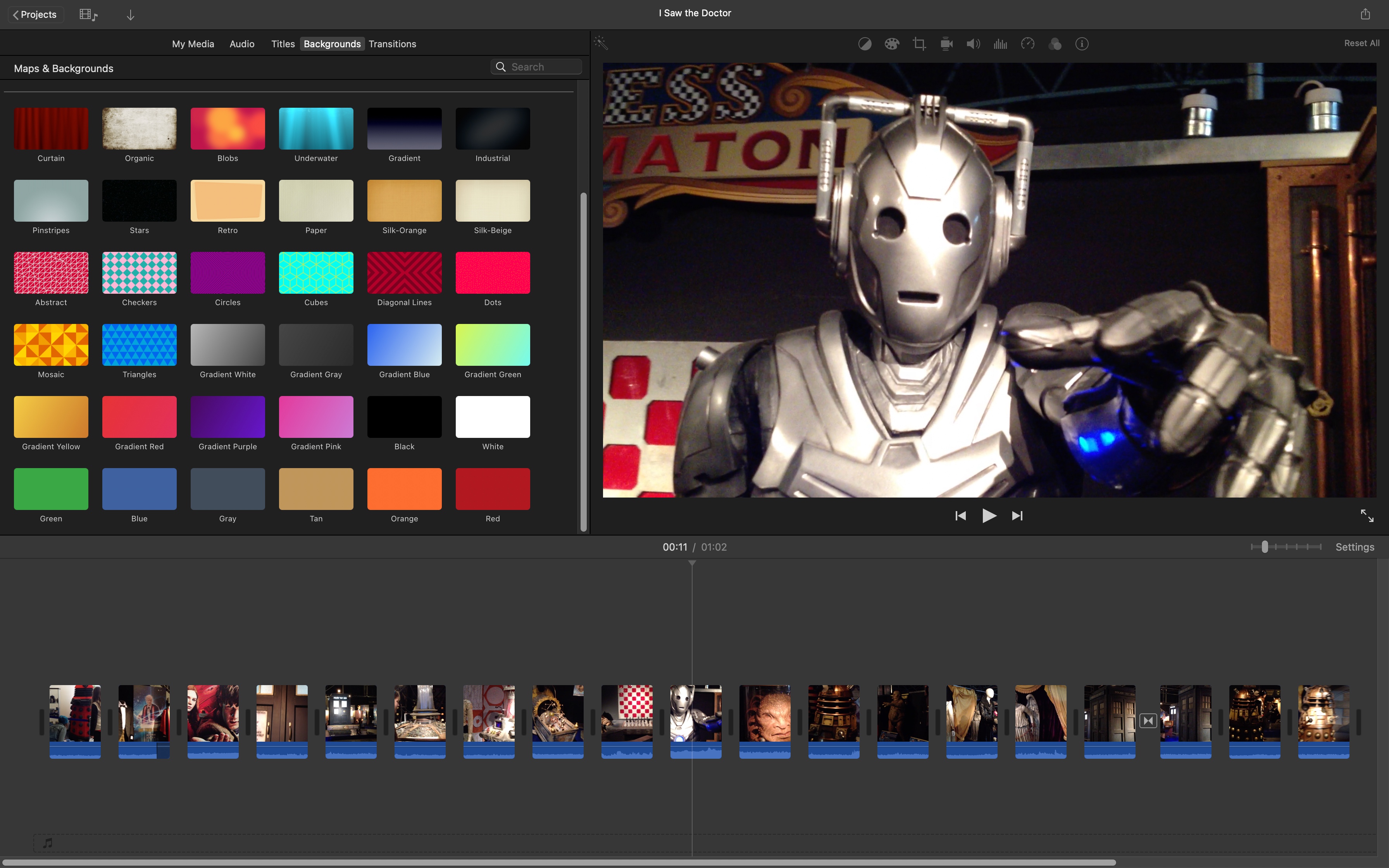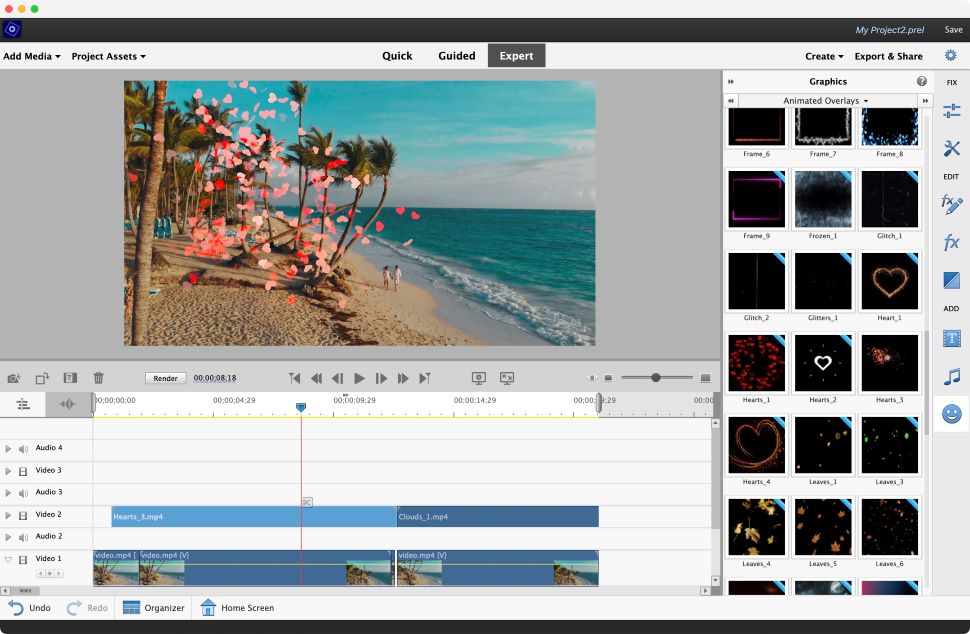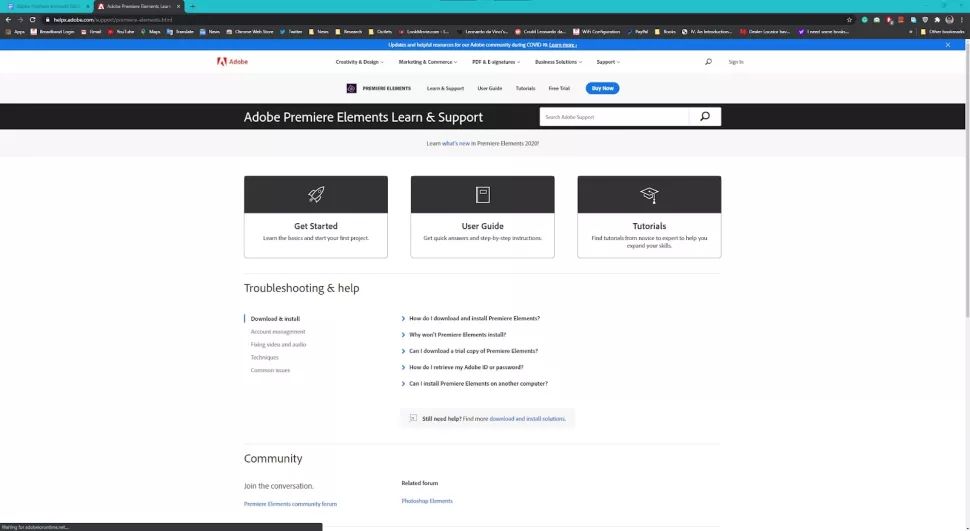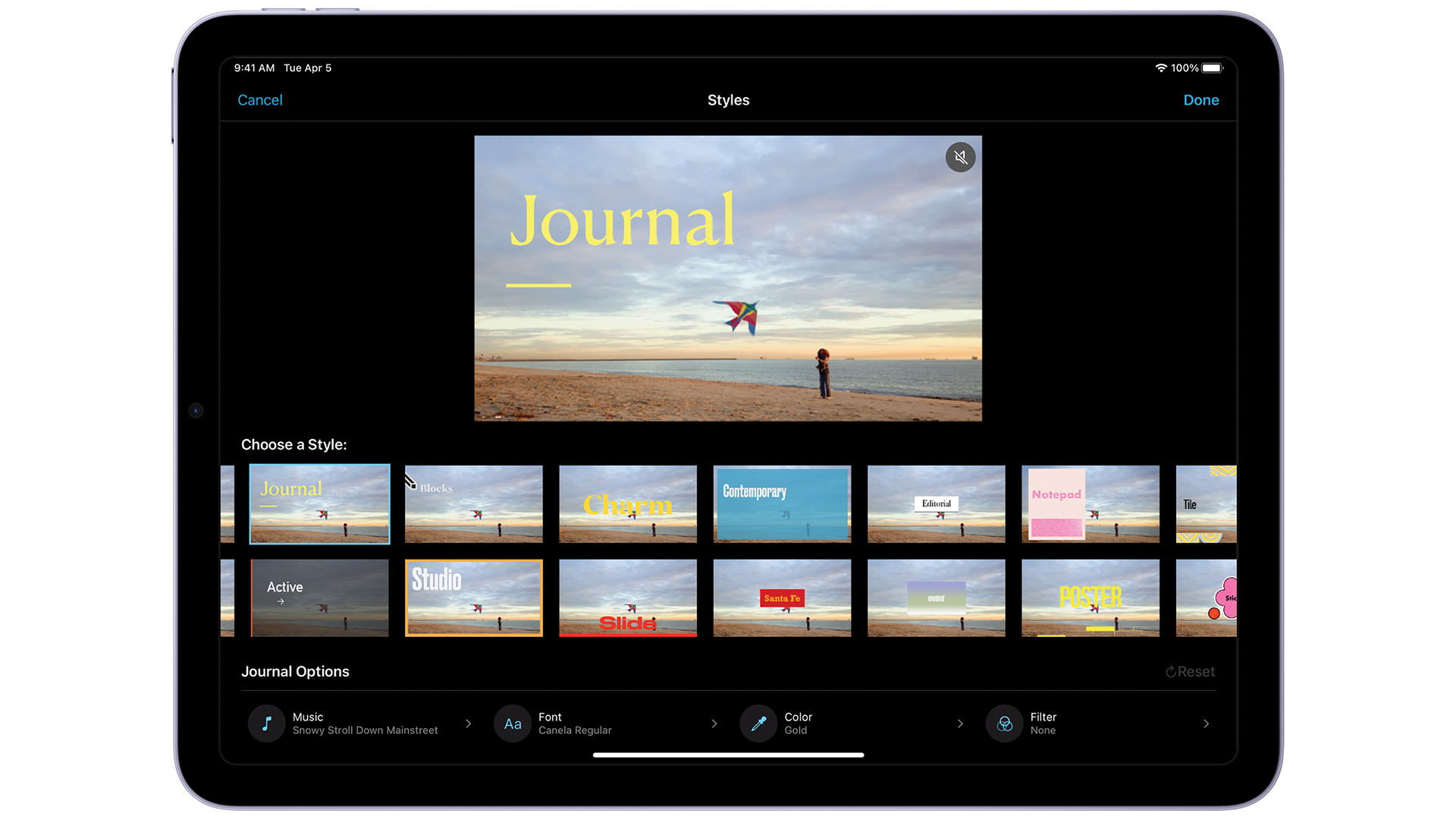Apple iMovie vs Adobe Premiere Elements
Apple iMovie vs Adobe Premiere Elements - which video editor is best for you?

Apple iMovie is one of the best free video editing software tools available by default on macOS computers. While not exactly what you would call professional video editing software, iMovie is still a very useful tool with lots of options to customize your vlog or create your first film. It has interesting visual effects and powerful tools that make editing your first video and exciting experience.
Adobe Premiere Elements is a paid video editing tool from Adobe, the creators of Photoshop. It’s not as robust or powerful as its professional counterpart, Adobe Premiere Pro, but still boasts a decent number of options to create video blogs and short films.
It is usually unfair to compare a free product to a paid one, but in this case, Apple iMovie offers a really strong contention to Adobe Premiere Elements. But which one of these is the best video editing software for you? This article will help you find out.
We've tested and compared the best video editors so you can find the perfect post-production tool for the job.
Check out our guides to Adobe Premiere Pro vs Apple Final Cut Pro, Adobe Premiere Pro vs Lightworks, and Adobe Premiere Pro vs Adobe Premiere Elements.

Features
Apple iMovie is the built-in video editor offered with macOS computers. It boasts some really powerful features, including support for 4K and HEVC video editing, which help it stand out amongst other free video editors. There are a lot of video effects to choose from as well. Moreover, you can use your own voice to narrate the video or add background music from iTunes.
Adobe Premiere Elements is a paid video editing application aimed at novice users. It contains a variety of effects and transitions, as well as options to adjust the brightness, contrast, and saturation of your video. There are also useful tools like Reduce Noise and Haze Removal, and you can add background music and stylized text to your video.
When it comes to the UI, iMovie isn’t as neatly organized or as easy to use as Premiere Elements. The latter uses in-built tutorials and a quick mode to simplify the video editing process to a surprising degree. iMovie, however, uses the standard professional video editing interface.
Neither iMovie nor Premiere Elements supports 360-degree video editing. However, Premiere Elements boasts many more visual effects and transitions than iMovie. It also features the extremely useful guided mode, which helps novice users get a hang of the video editing process, unlike its Apple counterpart. In sum, it’s safe to say that Adobe Premiere Elements is the more feature-rich application.

Performance
Adobe Premiere Elements has a minimum requirement of a 64-bit operating system with 4–8GB RAM and a 2GHz+ processor. It can run on both Windows and macOS. Apple iMovie, on the other hand, is the built-in video editor packaged with all macOS devices and runs fine without any additional requirements on an iPhone or Mac. It is not available to Windows users.
Both applications run without any significant lags on devices that match their minimum system requirements. However, as with all video editing software, the beefier your PC, the faster the rendering will be.
So, whether you're running the best video editing laptops and computers for video editing, or using a low-end PC, neither should struggle cutting and rendering footage.

Support
Adobe Premiere Elements features a phone and chat-based support system, combined with a knowledge base and an online forum where users can discuss various issues concerning the software.
Apple iMovie is only available on iOS and macOS devices. Thus, it comes with the same support that is offered alongside all other Apple products. There is a ticket-based support system on the company website, as well as a knowledge base where you can search for frequently asked questions. Phone and chat support are reserved for hardware-related issues.
Overall, Premiere Elements offers a much better support network compared to iMovie. Queries are resolved faster as two-way communication options like phone and chat support are also available with Adobe.

Pricing and plans
Apple iMovie comes preinstalled with your macOS laptop or desktop. However, if you own a device that was purchased before 2014, you will need to pay $14.99 (approx. £14 / $24AUD) to access the latest version of the software from Apple.
Adobe Premiere Elements costs $99.99 (approx. £87 / $160AUD), while a combination of Premiere Elements and Photoshop Elements costs $149.99 (approx. £134 / $239AUD). This is a one-time fee and the application can be purchased directly through the company website. A Creative Cloud subscription is not required to access Adobe Premiere Elements

Verdict

Apple iMovie and Adobe Premiere Elements are both feature-rich video editing applications aimed at novice users. While one is exclusive to macOS devices, the other can be downloaded on both Windows and macOS computers.
However, Adobe Premiere Elements isn’t just ahead in terms of compatibility. It offers a much larger collection of premade transitions and visual effects and comes with phone and chat support for all paid users.
iMovie, on the other hand, supports HEVC, has lower system requirements, and is free on all compatible devices. The downside is that you will need to own an Apple device to use it. Its collection of effects and transitions are relatively limited, as is reflected by the lack of a premium price tag.
Overall, Adobe Premiere Elements, being a paid application packed with premium features and better support, is the ultimate winner here. However, Apple users looking for a free alternative can still use iMovie for a decent video editing job.
- Editing on the go? We've tested, reviewed, and rated the best video editing apps for Android and iPhone.
Are you a pro? Subscribe to our newsletter
Sign up to the TechRadar Pro newsletter to get all the top news, opinion, features and guidance your business needs to succeed!

Ritoban Mukherjee is a tech and innovations journalist from West Bengal, India. These days, most of his work revolves around B2B software, such as AI website builders, VoIP platforms, and CRMs, among other things. He has also been published on Tom's Guide, Creative Bloq, IT Pro, Gizmodo, Quartz, and Mental Floss.